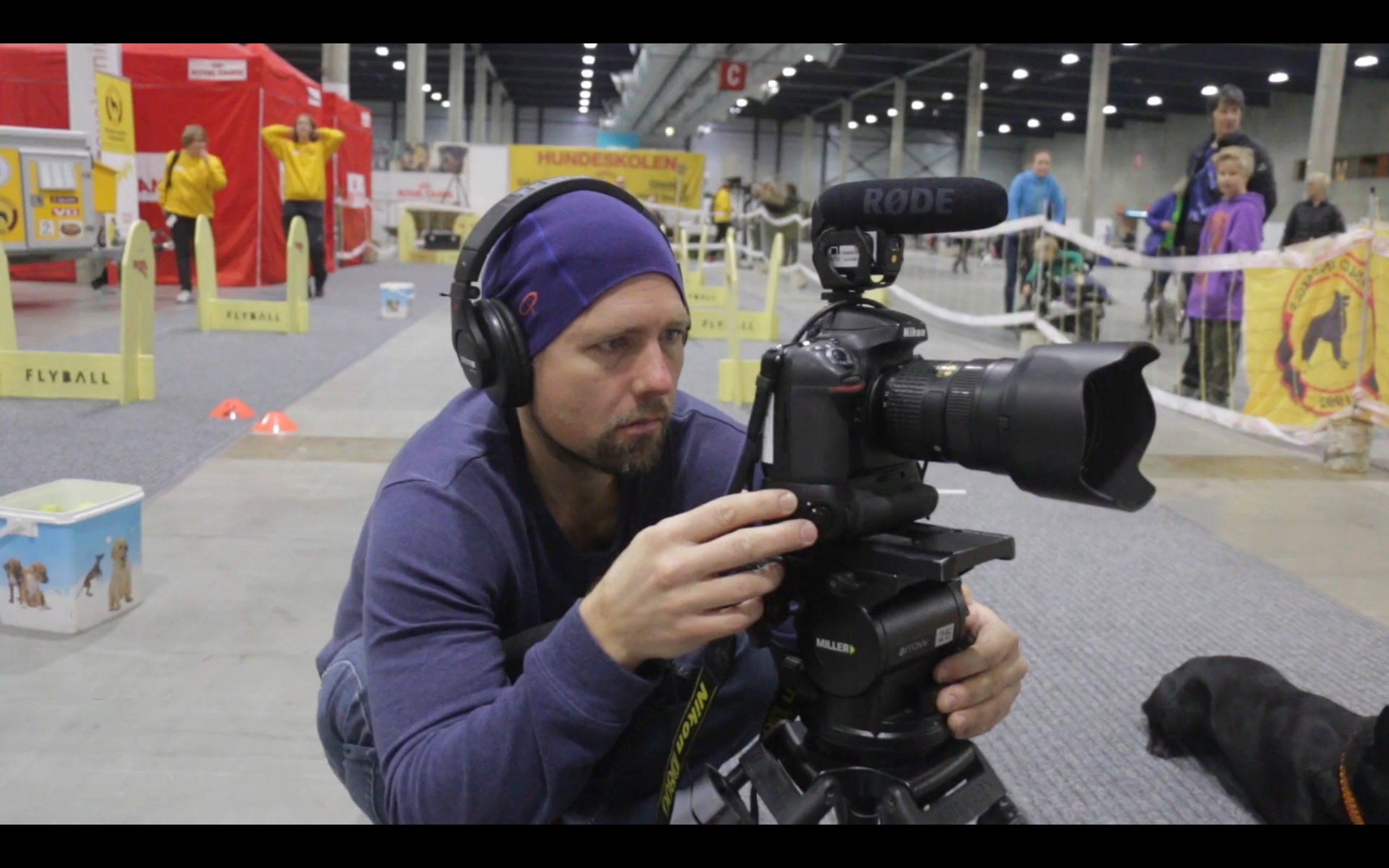Future proofing universities; why it’s all down to the CIO

“I brought the CIO right to the top table to become part of solution creation. The CIO should have a strategic role in delivering transformation and student experience projects at all universities.” Wendy Purcell, former Vice Chancellor and CEO at the University of Plymouth.
When it comes to universities, it’s official; the digital revolution has finally arrived! Look no further than Northern Denmark for evidence of that, or the recent video we shot at UCISA earlier this year. But it has been slow to arrive. And that’s a sentiment shared by many, including Wendy Purcell, the former Vice Chancellor and CEO at the University of Plymouth and Expert Adviser to the UK government: “Faculties, in general, are innovating in really powerful ways, and so are students. Institutional leaders and boards on the other hand, are a little bit out of touch and slow to adapt to new ways of thinking.”
So with over twenty-five thousand students to please, plus three-thousand or so staff too, what was the first thing Wendy did when she decided to bring Plymouth up to date in the digital age. “The first thing on my ‘to-do’ list was bringing our CIO to the top table, before anything else – who better is there to help find state-of-the-art solutions to our transformation project?” That was the start of Plymouth’s CRM project.
We like innovation and were delighted when Wendy agreed to spend some time with Drop Everything following her keynote at Ovum’s EdTech event. We were keen to find out the story behind her giving the CIO such an integral and high-profile role in the innovation project, but started by getting her thoughts on why digital innovation seems particularly difficult in the education sector:
“It’s not easy to talk about business and education in the same sentence – things are very different in academia and it’s not the case that one solution fits all. As with anything, it’s a case of looking at the goals of that organisation and thinking: how do we do that better, faster, smarter?”
“We need to recognise that higher education is different but not kid ourselves that we can’t learn lessons from other industries. Although some of the business world doesn’t sit comfortably with what universities are all about, a good CIO can nuance and adapt business principles to an educational institution with great success.”
Why is the CIO becoming fundamental to future proofing Universities?
“Institutions basically have two categories of staff: professional staff, such as HR, finance and IT, and then the academic staff. Traditionally it’s the latter group – the Chancellory, Deans and Professors– who would decide the strategy for a university’s future and that includes decisions around enabling technology.
But therein lies the problem. The generations coming through universities right now are digital natives – “screenagers”. They’re early adopters of technology in their own lives, and expect their institutions to keep up. Future proofing your university is about investing in the right tools for students today, next year and beyond into the future. Frankly, your CIO is best placed to offer advice/recommendations around this technology investment.
Unlike academics and board members, your CIO understands how students are interacting with university technology – both online and offline – and appreciates their expectations when it comes to university technology in the future.”
Why did you bring the CIO to the decision making table?
“I was keen to bring the CIO right to the top table to become part of solution creation. The CIO should have a strategic role in delivering transformation/student experience projects at all Universities.
Asking how technology could deliver the academic mission became a critical enabler and helped us carve out a distinctive strategy. We would not have achieved such high engagement rates, amongst students, had it not been for the knowledge of our CIO.”
What results have you seen following the CRM project?
“At the time there were only two other universities in the UK going through a similar CRM process, so it was very much a new direction for us. Although not yet fully rolled out we saw some great return from the project. For example, we could see how the different admissions teams were dealing with student applications and driving efficiency – we could also see where we had demand for more places and invest for growth. It also brought into sharp relief just how many relationships with other organisations we were managing and how we could move from tactical to strategic partnerships with many of them. Overall, the CRM is driving transparency for us – we used the information secured from the data collected to advance the University’s mission.
The success of our CRM is starting to emerge but there’s much greater visibility about what’s going on in the organisation, and I’d expect my successor to see some measurable outcomes towards year end!”




